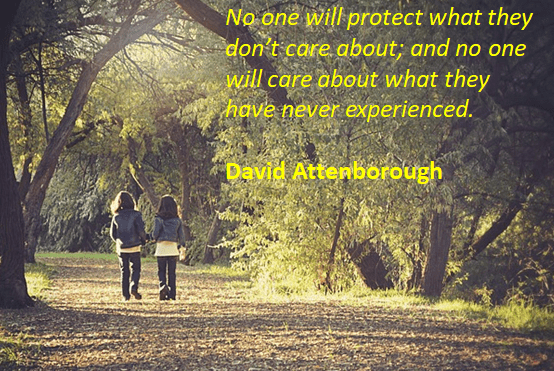The most fundamental right of every child is the right to a childhood. And, throughout human history, the two most important ingredients of a healthy childhood have always been LOVE and PLAY.
These days, in a competitive consumer culture, we’re encouraged to confuse both these ingredients with shopping. Marketers convey the same messages to children and their parents day after day:
‘If you love someone, you buy them lots of stuff.’
‘Play is something you buy in the shops.’
So nowadays parents are obliged to work long hours to keep their families fed, housed and provided with 21st century substitutes for time and attention. And children spend less and less time engaging in the active, creative, self-directed outdoor play that leads to long-term health and well-being. Instead, they spend many hours a day engaged in sedentary screen-based activity. Scottish children are now among the least active in the world and a steadily increasing number suffer from mental health problems or low levels of well-being.
 Scotland can’t turn back the clock and transform the world economy, but we can ensure that our country provides the best possible environment and experiences for its children, especially during the most critical developmental stage of childhood – the Early Years. That’s what Upstart Scotland is all about. We want all adults working with the under-sevens to care for every child as a unique individual whose physical, social and emotional development is more important than an early start on the three Rs.
Scotland can’t turn back the clock and transform the world economy, but we can ensure that our country provides the best possible environment and experiences for its children, especially during the most critical developmental stage of childhood – the Early Years. That’s what Upstart Scotland is all about. We want all adults working with the under-sevens to care for every child as a unique individual whose physical, social and emotional development is more important than an early start on the three Rs.
We also want everyone who works with the under-sevens to be trained in the play-based pedagogy that research shows work best with this age group. In a wealthy western nation, every young child being cared for outside their home should have the right to person-centred care and play-based learning.
Last month, Together (the Scottish Alliance for Children’s Rights) asked public bodies to announce their Rights Resolutions for 2018, so Upstart listed our resolutions for the coming year:
Rights Resolution 1: To draw political and public attention to the ‘the Early Years’ (defined by the United Nations as pre-birth to eight years) as a hugely important develop-
mental stage in children’s lives – a stage which isn’t over at 4/5 just because that’s when UK countries traditionally start school!
Rights Resolution 2: To convince politicians to introduce a rights-focused, relationship-centred, play-based kindergarten stage (3-7 years) thus giving all Scottish children the best possible chance of lifelong heath/well-being and educational success.
Rights Resolution 3: To challenge the political ‘silo effect’ by collaborating with Scottish organisations in Education, Early Years, Health, Children’s Rights, the Arts and others towards establishing a coherent Early Years policy from pre-birth to age eight.
Rights Resolution 4: To convince politicians that a later start to formal schooling is the best way to ensure a level educational playing field – and far more likely to reduce the ‘attainment gap’ than national testing of four- and five-year-olds.
 Rights Resolution 5: To work together with other national organisations to ensure that all under-sevens have frequent opportunities to play in and connect with nature. Environmental sustainability depends on emotional connections with the natural world, forged in childhood.
Rights Resolution 5: To work together with other national organisations to ensure that all under-sevens have frequent opportunities to play in and connect with nature. Environmental sustainability depends on emotional connections with the natural world, forged in childhood.
Upstart Scotland will work to achieve these aims this throughout 2018 and beyond. Many thousands of Scots already support our campaign and we hope this year to convince many thousands more that rights-focused, relationship-centred, play-based care and education is the right of every 21st century three- to seven-year-old child.



